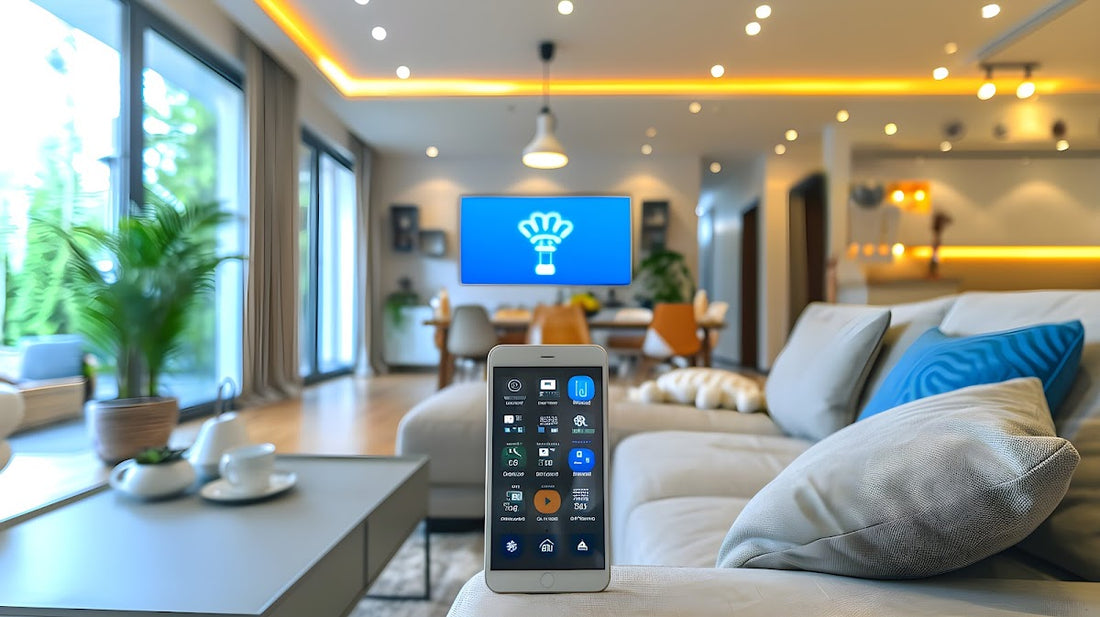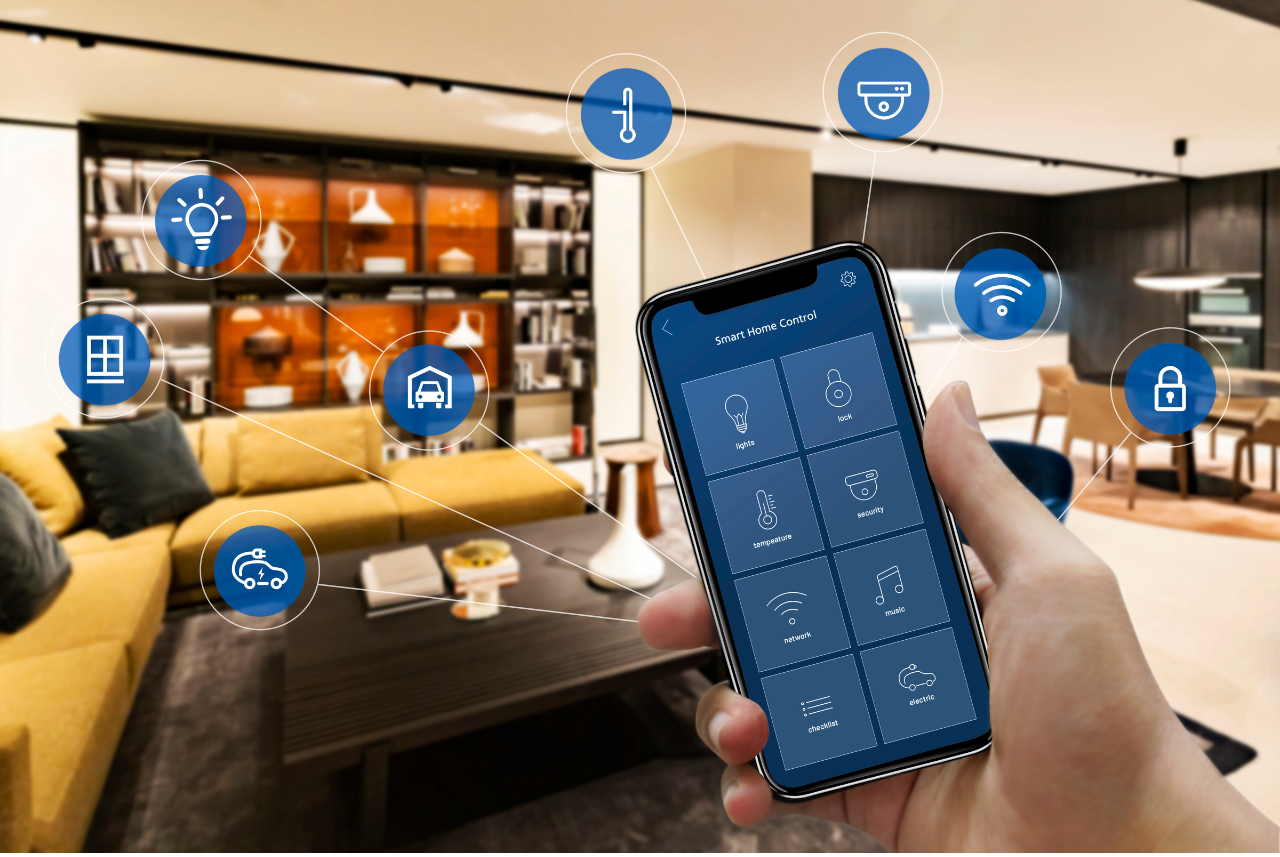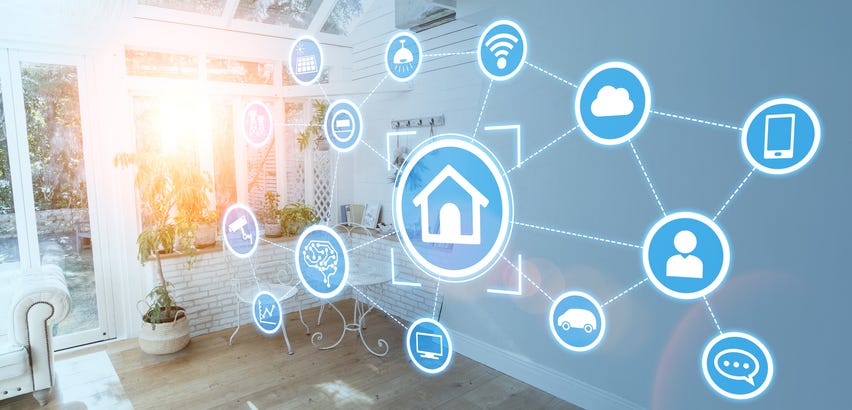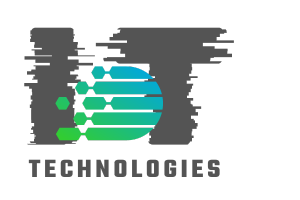
Investing in Green Home Automation: A Smart Choice for the Future
Share
As technology continues to evolve, the concept of Investing in green home automation becomes an increasingly attractive proposition for tech professionals and enthusiasts. This revolutionary approach not only promises a more sustainable way of living but also offers potential cost savings, convenience, and enhanced control over our living spaces.
Green home automation refers to the integration of technology that promotes energy efficiency and environmental sustainability within our homes. By implementing smart devices and systems, homeowners can reduce their carbon footprint while enjoying the benefits of a modern, connected home. But what exactly makes investing in green home automation such a compelling choice?

Understanding the Basics of Green Home Automation
At the heart of green home automation lies the use of smart technologies that optimize energy consumption. These technologies encompass a wide range of devices and systems, from smart thermostats and energy-efficient lighting to solar panels and automated window shades. By intelligently managing energy use, these systems help reduce waste and lower utility bills, contributing to a more sustainable lifestyle.
One key aspect of green home automation is the integration of the Internet of Things (IoT). IoT devices enable seamless communication between different components of a smart home, allowing homeowners to monitor and control their energy usage remotely. This level of connectivity not only enhances convenience but also empowers individuals to make informed decisions about their energy consumption.
Benefits of Investing in Green Home Automation
There are numerous advantages to investing in green home automation. First and foremost, it offers significant environmental benefits. By reducing energy consumption, homeowners can minimize their carbon footprint and contribute to a more sustainable planet. This is particularly important in today's world, where climate change and environmental degradation are pressing concerns.
In addition to its environmental impact, green home automation can also lead to substantial cost savings. By optimizing energy use, homeowners can lower their monthly utility bills, resulting in long-term financial benefits. Moreover, many governments offer incentives and rebates for adopting energy-efficient technologies, further enhancing the financial appeal of green home automation.
For tech enthusiasts, the appeal of green home automation extends beyond its financial and environmental benefits. The ability to automate and control various aspects of a home using cutting-edge technology is a fascinating prospect for those passionate about innovation and smart living. From voice-activated assistants to intelligent climate control systems, the possibilities are endless.
How to Implement Green Home Automation
Implementing green home automation requires careful planning and consideration. The first step is to assess your current energy consumption and identify areas where improvements can be made. This can be achieved through energy audits or by using smart energy management tools that provide real-time insights into your energy usage.
Once you have a clear understanding of your energy needs, you can begin selecting the appropriate smart devices and systems for your home. It's important to choose products that are compatible with each other and can be easily integrated into your existing infrastructure. Popular options include smart thermostats, energy-efficient lighting, solar panels, and automated window shading systems.
For those looking for inspiration, the article on DIY sustainable home automation offers valuable insights into how to create a more energy-efficient living space. Additionally, the article on IoT and sustainable living provides an in-depth look at how IoT technologies are transforming homes into eco-friendly environments.

The Future of Green Home Automation
The future of green home automation is bright, with continuous advancements in technology driving innovation in this field. As more homeowners recognize the benefits of smart, eco-friendly living, the demand for green home automation solutions is expected to grow.
Emerging trends in green home technology, such as the integration of artificial intelligence and machine learning, hold the promise of even greater efficiency and convenience. According to an article on green technology trends, these advancements will enable homes to adapt to users' preferences and optimize energy use autonomously.
Moreover, the increasing emphasis on sustainability and environmental responsibility is likely to drive further innovation in this field. As governments and organizations worldwide commit to reducing carbon emissions and promoting renewable energy, green home automation will play a vital role in achieving these goals.
FAQ Section
1. What are the main components of green home automation?
Green home automation typically includes smart devices and systems such as energy-efficient lighting, smart thermostats, solar panels, and automated window shading. These components work together to optimize energy consumption and enhance environmental sustainability.
2. How can green home automation save money?
By optimizing energy use, green home automation can significantly reduce monthly utility bills. Additionally, many governments offer incentives and rebates for adopting energy-efficient technologies, providing further financial benefits.
3. Are there any challenges to implementing green home automation?
Implementing green home automation may require an initial investment in smart devices and systems. Additionally, compatibility between different products can be a challenge, so it's important to choose devices that can be easily integrated into your existing infrastructure.
